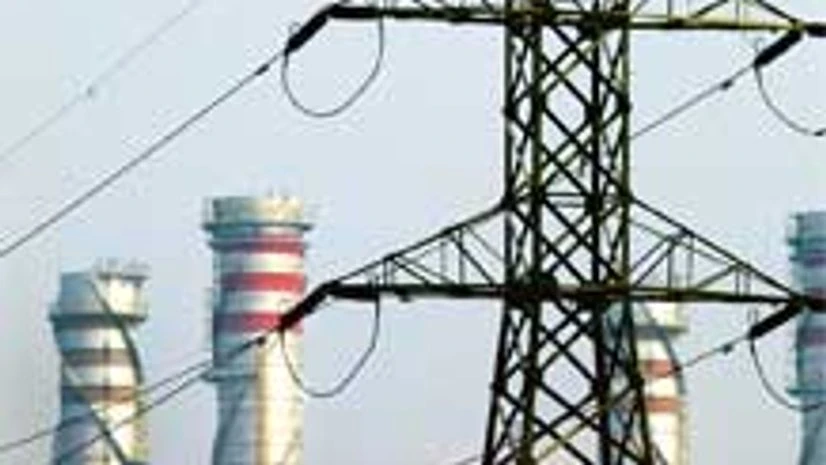The Mumbai power ministry has issued guidelines on the local area development fund (LADF) of central hydro-electric projects, in order to meet the infrastructure and development needs of local population.
As envisaged in the National Hydro Power Policy 2008, an additional one per cent free power from the project would be provided and earmarked for LADF. The host state governments would also provide a matching one per cent from their share of 12 per cent free power towards this corpus. These guidelines will be applicable to all central hydro-electric projects whose power allocation orders have been issued after August 31, 2008. The ministry has sought comments and suggestions from all stake holders.
According to the draft guidelines, the amount received from the sale of one per cent additional free power by the project developer will be allotted by the local area development committee (LADC) in the form of cash transfer to all families of the project affected area (PAA), every year, during the entire life span of the project. Cash transfer to the beneficiaries under the scheme be carried out only by electronic transfer of funds from the bank account of the LADF to the bank account of the beneficiaries.
More From This Section
The revenue to be deposited in the LADF for a project for a particular year would be based upon the annual tariff fixed by the power regulator. The contribution into LADF would be made annually by the state government and project developer. The LADF would be available in the form of an annuity over the entire life of the project.
Former power secretary R V Shahi told Business Standard: “With these guidelines, one could expect more seriousness on the part of state level implementing agencies. When the policy of 12 per cent free power to the concerned states was made, its implementation review indicated most of the states have hardly spent any amount for the local as well as state level infrastructure and welfare development activities. This was the single-most responsible factor contributing to the lack of confidence among people for hydro-electric projects. Therefore, one per cent additional power was added in 2005 exclusively for local area.”
A state-level committee headed by secretary (energy) will monitor the operation of the LADF. Further, the LADF will be administered by LADC, which will be constituted for each project separately. All these LADCs constituted within the district will function under the overall superintendence and control of the district magistrate.
There will be four categories of families in the PAA: fully-affected families; partially affected families; below-poverty-line families among non-projected affected families; and above-poverty-line families among non-projected affected families.

)
